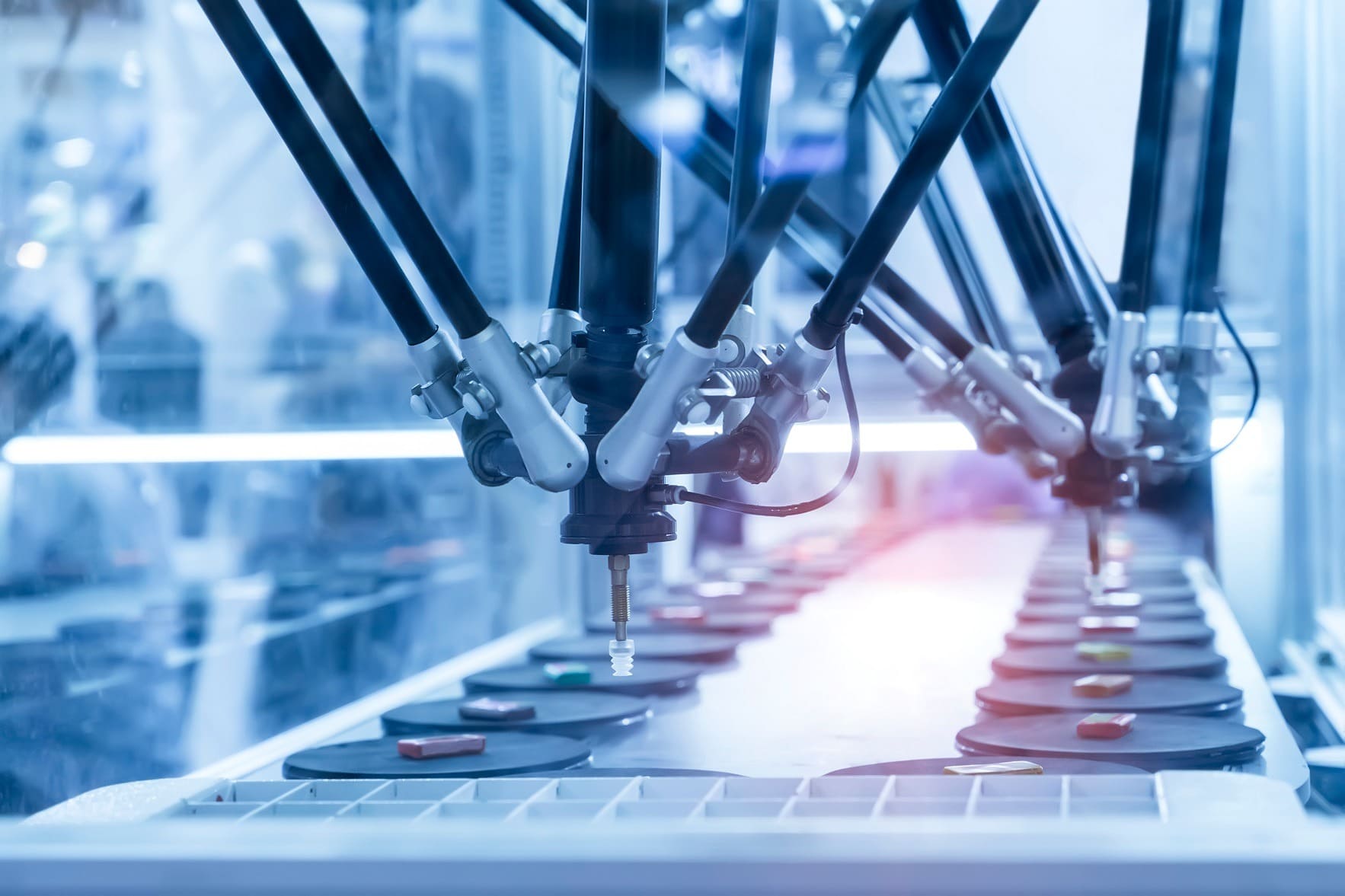Introduction:
In the healthcare sector, manufacturers are increasingly playing a critical role. Even with the many vendors who now sell products for hospitals, practitioners, and patients, there is still a need for specialized suppliers who understand the challenges of operating in an interconnected environment and providing solutions that are easy to use, cost-effective and patient-friendly. These are the characteristics of contract manufacturing (CM), which is now rapidly becoming an essential part of the healthcare supply chain.
Indian healthcare service contract manufacturers have been receiving a lot of attention from the investors in recent years. A lot of the attention has been on the potential of these manufacturers to take the shape of the next big thing, and to have a high market penetration.
To get a better understanding of what contract manufacturing is and the factors driving its growth in India, read on.
What is medical device contract manufacturing?
In general, medical device contract manufacturing refers to the process in which a manufacturer produces an entire product, a part of a product, or a larger product. In the medical device industry, this is very common. Contract manufacturing partners can help medical device companies with recurring manufacturing and help them achieve cost savings, streamline supply chains, and align logistics, all of which enable them to deliver commercial products to the market while meeting industry requirements.
Advantages of Medical Device Contract Manufacturing
Cost Reductions
The main advantage of employing a contract manufacturer is that companies don’t need to invest in facilities and technologies. Furthermore, salaries, guiding, and benefits can be saved. As well as cost benefits, contract manufacturers may also be able to attain raw materials at lower prices.
Technical Expertise
The contract manufacturers use the expertise of experts to plan and advance all manufacturing processes. Using experts’ perceptions, organizations can select the right materials and instruments for a given product. As a result, products can be produced at a much faster rate.
Good quality with FDA Agreement
As all contract manufacturers are required to comply with FDA regulations, this ensures that the manufacturers comply with all medical device regulations. This improves the quality of manufacturing and increases the reliability of products.
Factors driving this growth include:
Since the last decade, the healthcare sector in India has grown rapidly. Currently, the country is well positioned to outsource medical devices development, manufacturing, and contract design. A robust manufacturing ecosystem and a focus on design-to-cost make India an ideal destination for design-led-manufacturing.
Medical equipment manufacturing is fast booming in India because of these five reasons:
1. Expertise on hand
The global medical device industry is seeking out partners that have a proven track record in product engineering. In addition, high-performance equipment requires a skilled and experienced workforce. The engineering community in India is one of the most extensive in the world, with proven domain expertise, knowledge of product life cycles, knowledge of evolving design and technical tools, as well as an awareness of current manufacturing challenges and customized technologies to address them.
India’s medical device industry grew at a CAGR of 15.8% between 2009 and 2016, which is higher than the global growth rates. The health tech sector has seen the establishment of over 250 startups in recent years in addition to 750+ private players. By now, such organizations have gained a decade’s worth of experience from their engineers through their growth period. Additionally, Indian teams are easy to work with because of their excellent communication skills.
2. Various Government initiatives
In India, initiatives like Make in India are intended to boost manufacturing, with the medical device industry benefiting most. The government has put in place special programs and policies to facilitate partnerships with Indian manufacturers, changing its perception from that of a regulator to one of a facilitator. A unified tax system called Goods and Services Tax (GST) is also supportive of the medical device sector in the country.
3. Efficacy and cost
The lower raw material and labor costs in India make it a cost-effective country to manufacture medical devices. In comparison to China, the nominal hourly wage for contract workers in India is $3. As a result of its advancement in engineering technologies, India is also well positioned to use complex, miniaturized, connected, and advanced materials requiring sophisticated production techniques.
4. Production-friendly ecosystem
A growing number of smart manufacturing technologies, such as machine learning, augmented reality, and autonomous robots, have been adopted. With improvements in productivity, innovation, and safety, manufacturing facilities are transforming rapidly. In order to maximize productivity, proactive maintenance schedules and proof-of-concept testing enhance equipment efficiency. Additionally, IoT has improved supply chain management by allowing better asset tracking. It is possible to complete delivery commitments efficiently by coordinating raw materials coming in with production schedules.
Manufacturing companies can also benefit from India’s skilled resources, data analytics expertise, established processes, and rapidly evolving manufacturing ecosystem by partnering with end-to-end engineering companies. CMO maturity levels and quality management systems improve with such advantages, making India a more desirable location for production.
5. Protecting IP rights and ensuring data security
Indian engineering companies are recognized as trustworthy outsourcing partners with detailed contracts outlining data privacy and security. System procedures used in medical device manufacturing are regularly audited, and operation policies comply with international standards. There are robust, multilayer security systems in place at most of these organizations to protect data and prevent cyber-attacks from taking place.
ATRIPS is an agreement designed to protect intellectual property rights, which India has signed. It has amended its Patents Act 1970 to ensure compliance with TRIPS requirements. It involves the granting of pharmaceutical and medical device patents.
Conclusion:
India has the largest medical device manufacturing industry in the world. In terms of value and volume, India is the second largest medical device exporter in the world after the United States. As the demand for healthcare grows, so does the need for medical equipment to keep up. Medical equipment manufacturers and healthcare providers can both benefit from commercializing medical equipment.

